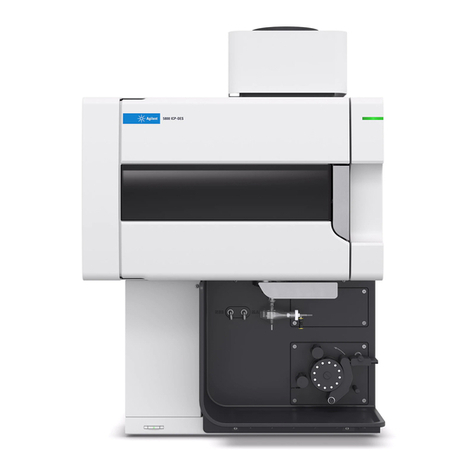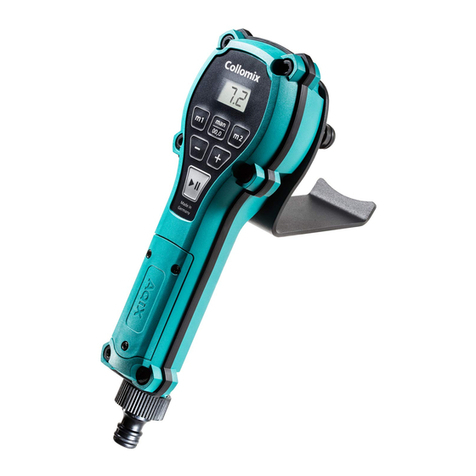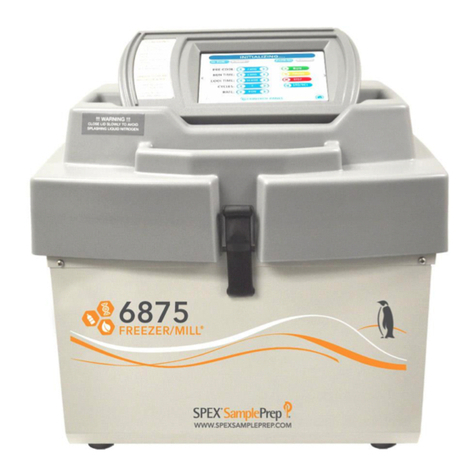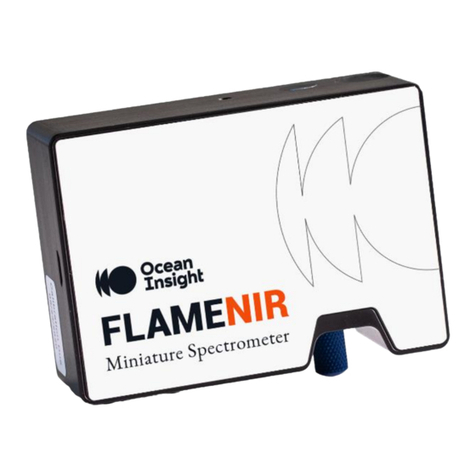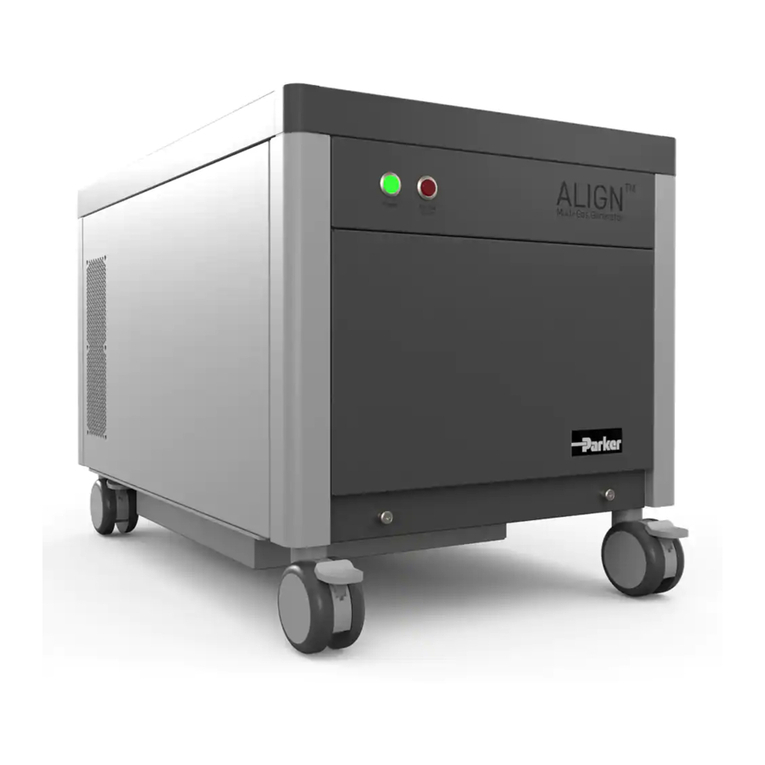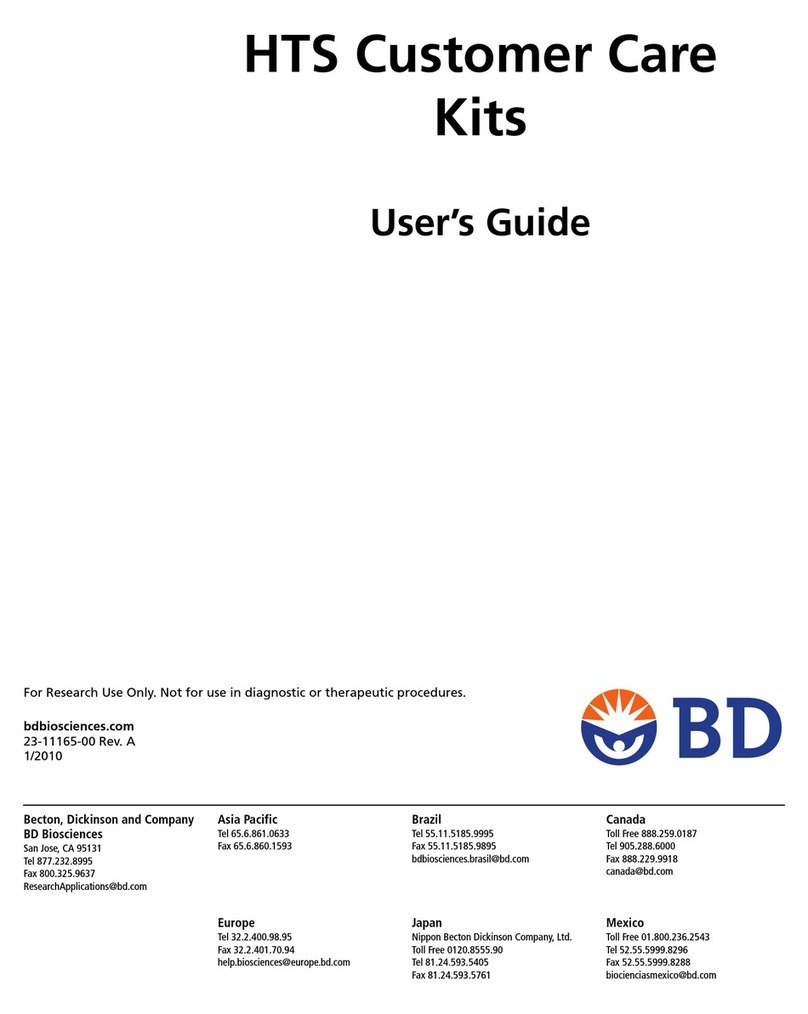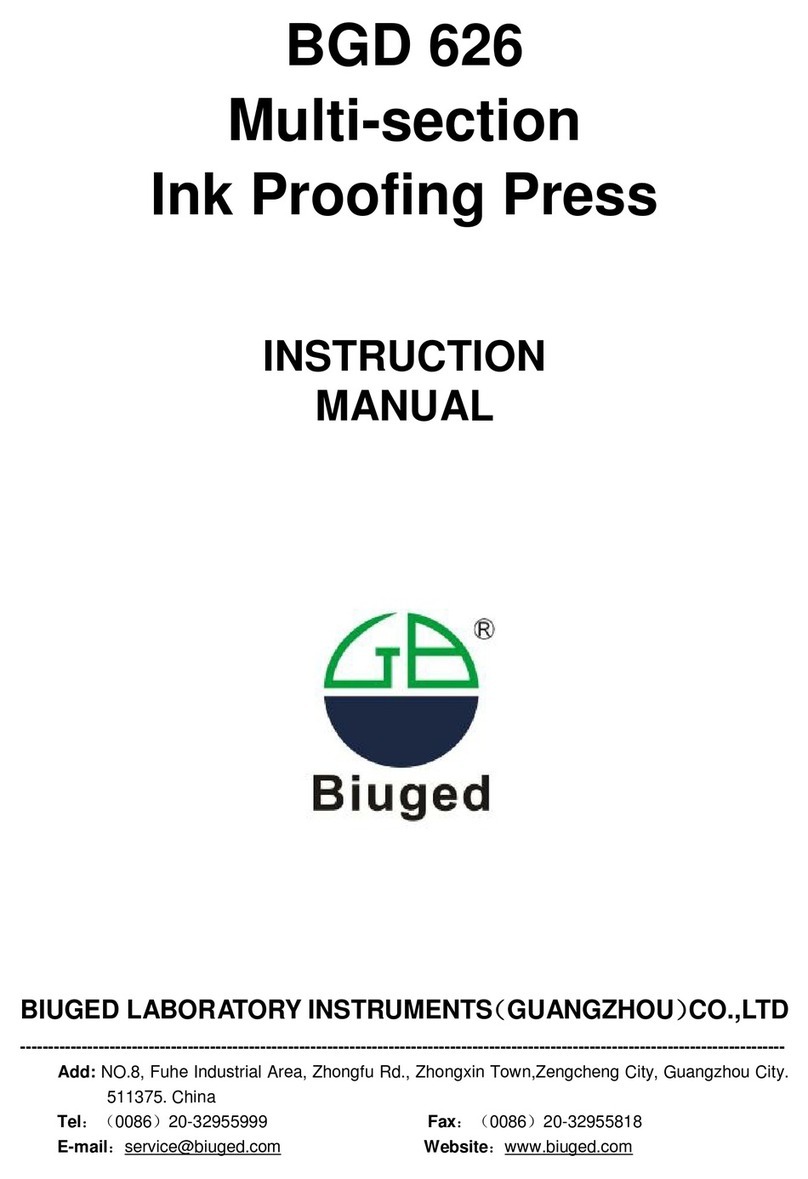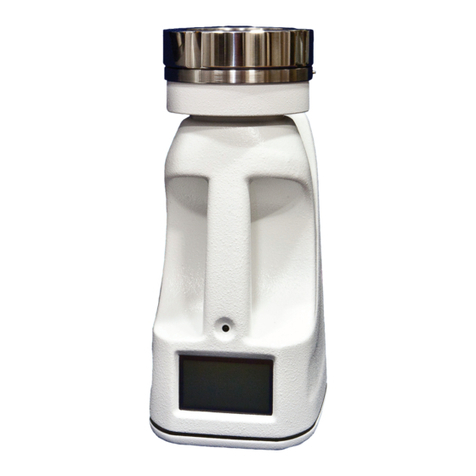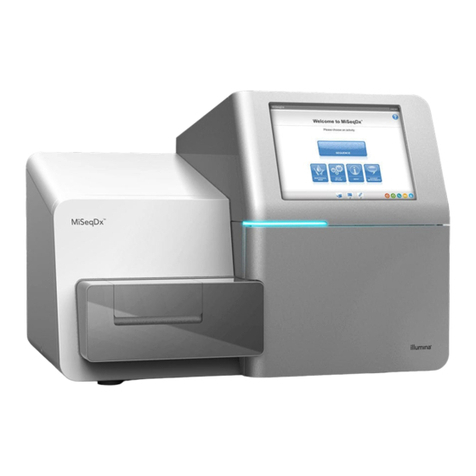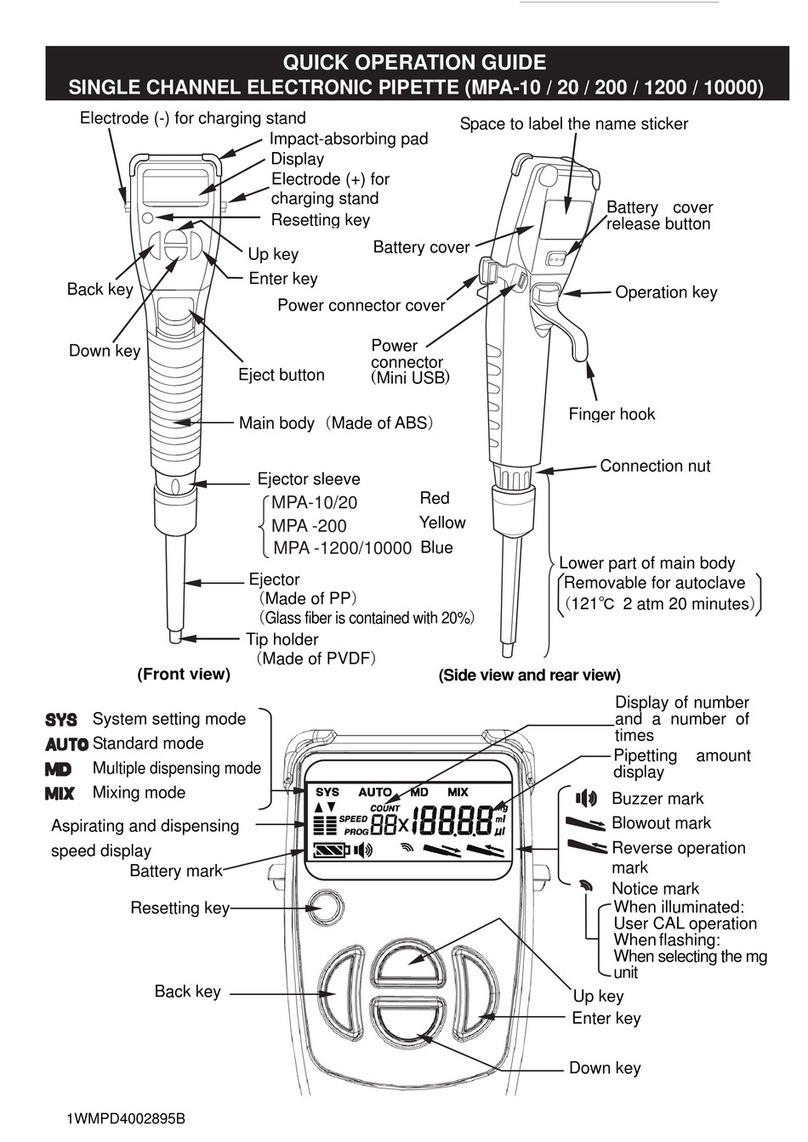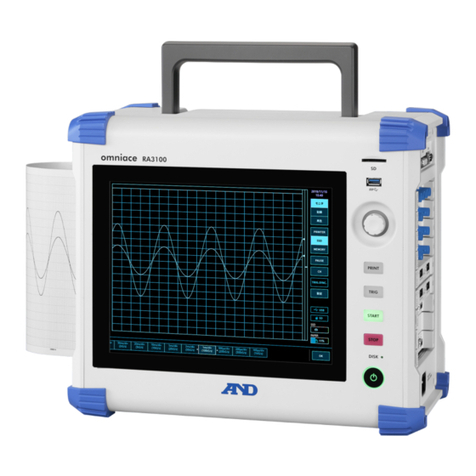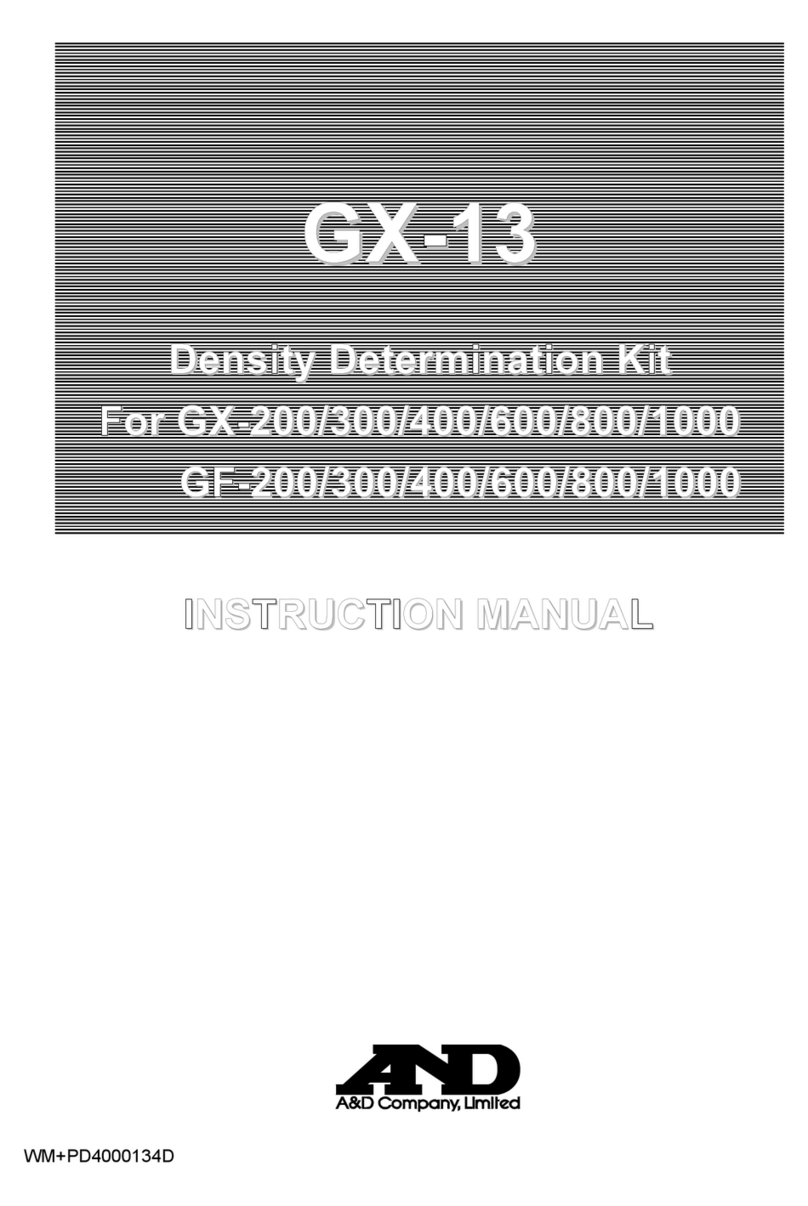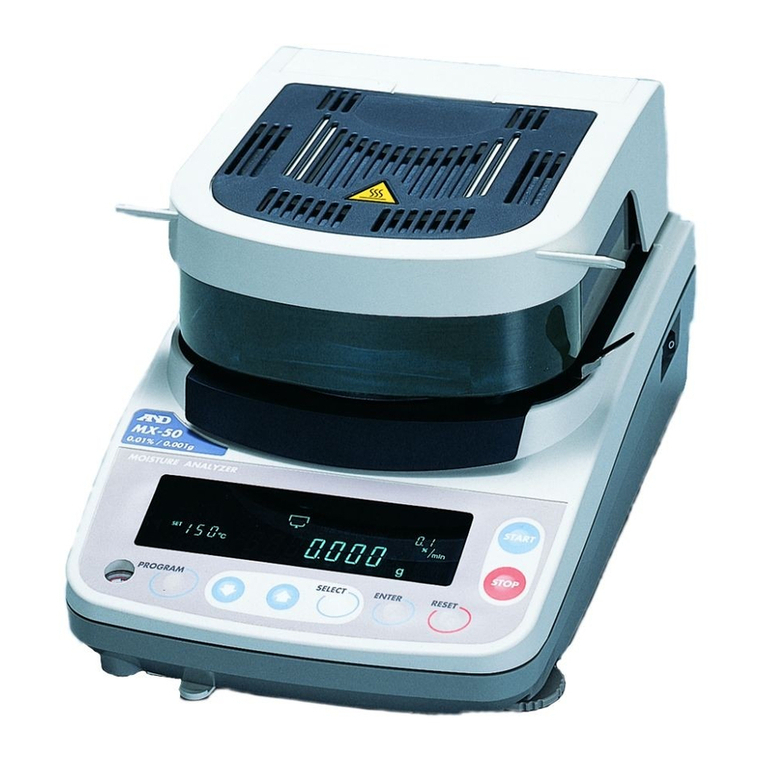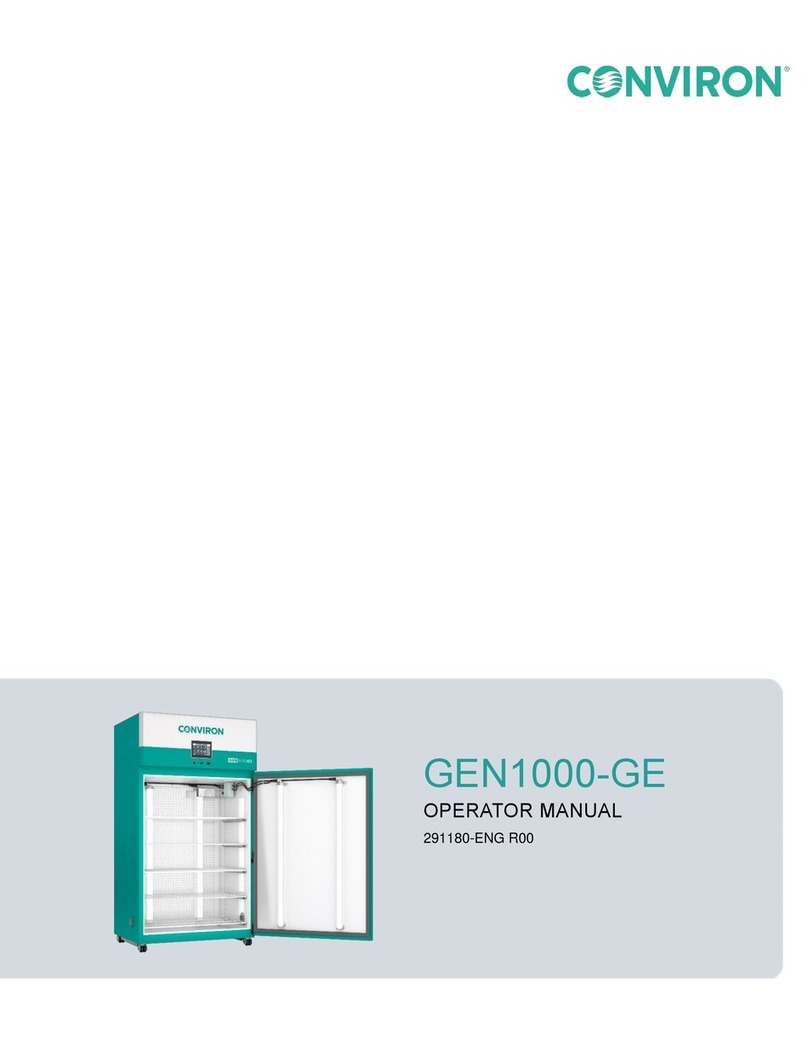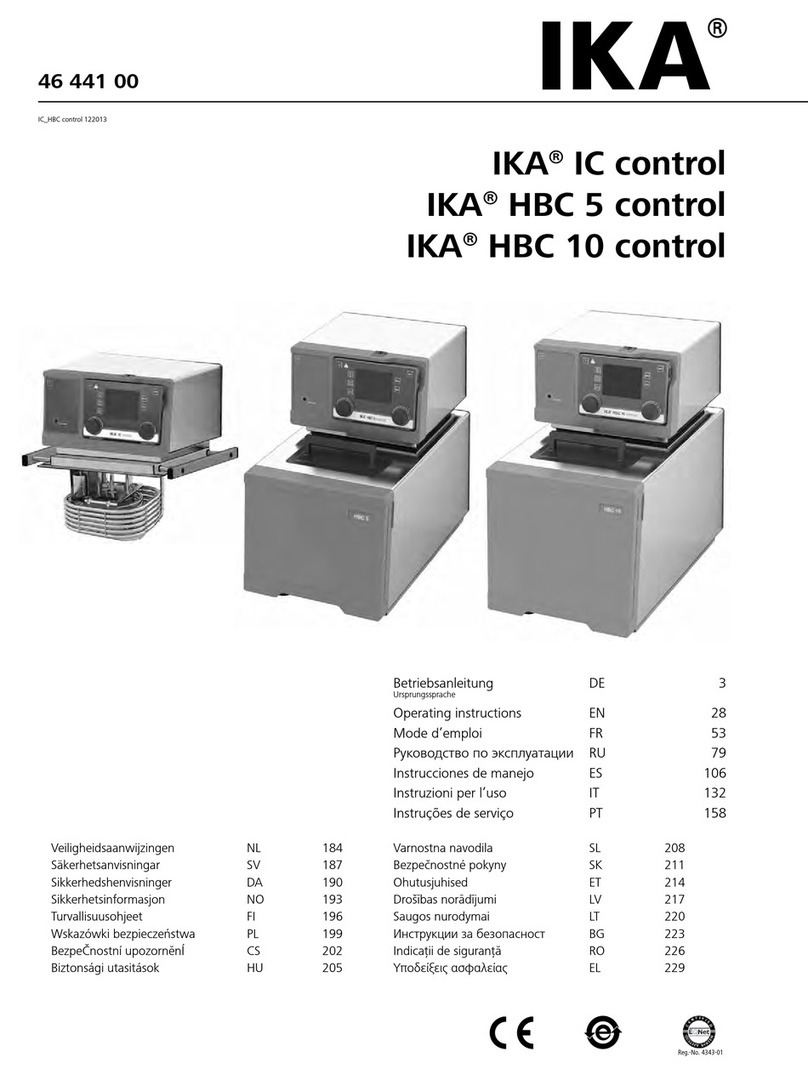- 3-
sample mass after heated-air drying. Weight loss gradually increases as a sample gets heated and finally
reaches a constant value. Depending on its characteristics, samples may thermally decompose and vaporize
if the heating temperature gets too high. This suggests that the loss in mass may not be completely water.
However, optimal sample sizes, along with optimal heating conditions such as temperature and heating time,
can lead results that are comparable to those obtained by methods such as the Karl Fischer method.
Compared to other methods, heating has clear and simple measurement principles and procedures.
Furthermore, it requires minimal amount of equipment, which can be purchased, run, and maintained at a low
cost. Due to these factors, it is suitable for a wide range of users and applications (samples). Its measurement
range is from 0.01% or 0.1% to 100%, so even samples with almost 100% moisture content can be correctly
and easily measured.
Heating method moisture analyzers use halogen lamps, infrared lamps, sheathed heaters, or microwave
heaters to heat a sample. An electric balance weighs the sample before and after the heating to determine the
moisture loss. The electric balance requires an insulated load sensor and an advanced design that eliminates
effects such as temperature drift, since temperature can reach between 150 and 200 ºC.
In the Karl Fischer method, a Karl Fischer (KF) reagent, which includes iodine, hydrogen disulfide, and
pyridine, responds specifically with water in the presence of methyl alcohol. Using this reaction, the moisture
content of the sample is measured using volumetric and quantitative determination.
H
2O+ I2+SO2+3RN+CH3OH -> 2RN.HI+RN.HSO4CH3 (anhydrate)
Water (reagent) KF reagent Methyl alcohol (RN: base, I: iodine, SO2:hydrogen disulfide)
The measurement principles of the Karl Fischer method are based on the chemical reaction listed above. In
other words, the KF reagent is added to the water in the sample to produce a selective chemical reaction and
form an anhydrate. The end point of the reaction with water is detected electrically (by current) and the water
moisture content of the sample is determined by the quantity of KF reagent required to reach the end point.
Karl Fischer method is further divided into two methods, the coulometric and volumetric titration.
The Karl Fischer method requires a chemical reagent, which gradually deteriorates as natural internal
reactions, as well as mixing and reaction with moisture in the air during storage and usage, cause its water
equivalent to gradually decrease over time. Therefore, it is very important to confirm the water equivalent
before measurement and carefully store the reagent. Due to these requirements, the Karl Fischer method is
more complicated and requires more expensive equipment than heating methods, and therefore is more
appropriate for detecting moisture content in gases or when the material has a moisture content of only a few
ppm.
Moisture analyzers using infrared absorption utilize that fact that moisture absorbs specific wavelengths of
infrared light. To eliminate variance due to irregularity or distance, the material surface is hit with three
wavelengths, one that is absorbed by water and two others that are not. Moisture content is obtained from the
energy ratio of the reflected light. This method can stably measure powder and grains in succession.
The ability to slow down neutrons varies by material. Neutron analyzers detect moisture in samples utilizing
the widely varying ability to slow hydrogen. Fast neutron rays are slowed by the water in the sample and
become thermal neutrons. The number of thermal neutrons then determines moisture content. Moisture
content can be measured indirectly, non-destructively and consecutively on a line. Typical samples include
sintered materials.
Some moisture analyzers have crystal oscillators with electrodes that have a thin, moisture-sensitive film. The
moisture absorbed by the film changes the frequency of the crystal oscillator and analyzers use this change to
detect the moisture content of the sample. This method is used to accurately measure trace quantities of
moisture (at the ppm level) in gas samples.
■Basics/A. Measurement/2. Method of measurement
